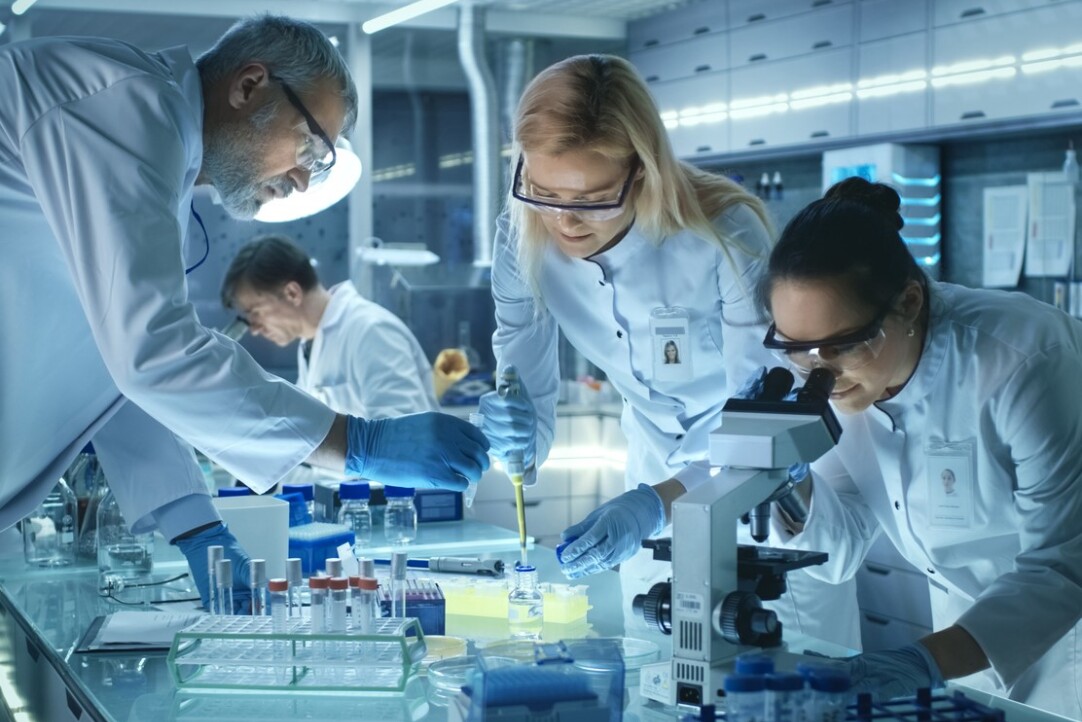Scholars Disprove Existence of ‘Crisis of Trust’ in Science

An international team of researchers, including specialists from HSE University, has conducted a large-scale survey in 68 countries on the subject of trust in science. In most countries, people continue to highly value the work of scientists and want to see them take a more active role in public life. The results have been published in Nature Human Behaviour.
Research by Arthur Lupia and David Allison had previously indicated that trust in science and scientists has been declining over the past five years, with the COVID-19 pandemic exacerbating this crisis. To study the issue in more detail, the international multidisciplinary consortium TISP (Trust in Science and Science-Related Populism) conducted a survey to provide reliable data on attitudes toward science.
More than 71,000 people answered questions about trust in scientists, rating their competence, honesty, and concern for the common good. The survey design also accounted for characteristics such as respondents’ education, income, and political views.
The study included 68 countries, including those in the Global South, which are often overlooked in similar research. This approach made it possible to identify not only global trends in attitudes toward science but also regional differences.
According to the survey, 78% of respondents worldwide consider scientists competent, 57% see them as honest, and 56% believe they care about people’s well-being. Respondents also emphasised the importance of prioritising research aimed at improving public health, addressing energy issues, reducing poverty, and combating climate change.
Many participants expressed a desire to see scientists involved in decision-making processes: 83% supported open science, and 52% endorsed researchers' participation in shaping public policy. However, less than half (42%) were confident that scientists consider public opinion in their work.
The study shows that the authority of science remains high in most countries, though the degree of trust varies across nations and social groups. In places where people relied more on scientific data, crises such as the pandemic were managed more smoothly, with citizens more likely to follow vaccination and safety recommendations. Tackling mistrust in scientific findings is crucial, as societies with higher trust in scientists tend to handle medical and climate challenges more effectively.
Researchers identified several key factors contributing to the erosion of trust in science: misinformation, conspiracy theories, the reproducibility crisis in scientific research, and science-related populism, which pits popular opinion against expert knowledge. These issues were particularly evident during the pandemic, when some influencers promoted folk remedies over vaccination.

Albina Gallyamova
‘Our results show that most people in most countries display a relatively high level of trust in scientists and want them to play an active role in society and politics,’ says Albina Gallyamova, Junior Research Fellow at the HSE Centre for Sociocultural Research. ‘One reason for the decline in trust is the insufficient engagement of scientists in public education. It is clear that overcoming current challenges requires actively and effectively communicating research findings to the public.’
To present the findings visually, the scientists developed an interactive dashboard where users can compare levels of trust in science across different countries and explore the links between trust and factors such as income, education, and political beliefs. The dashboard also highlights which areas (healthcare, energy, defence technologies) people would like to see prioritised in research and how these expectations align with actual scientific projects.
See also:
Children with Autism Process Sounds Differently
For the first time, an international team of researchers—including scientists from the HSE Centre for Language and Brain—combined magnetoencephalography and morphometric analysis in a single experiment to study children with Autism Spectrum Disorder (ASD). The study found that children with autism have more difficulty filtering and processing sounds, particularly in the brain region typically responsible for language comprehension. The study has been published in Cerebral Cortex.
HSE Scientists Discover Method to Convert CO₂ into Fuel Without Expensive Reagents
Researchers at HSE MIEM, in collaboration with Chinese scientists, have developed a catalyst that efficiently converts CO₂ into formic acid. Thanks to carbon coating, it remains stable in acidic environments and functions with minimal potassium, contrary to previous beliefs that high concentrations were necessary. This could lower the cost of CO₂ processing and simplify its industrial application—eg in producing fuel for environmentally friendly transportation. The study has been published in Nature Communications.
HSE Scientists Reveal How Staying at Alma Mater Can Affect Early-Career Researchers
Many early-career scientists continue their academic careers at the same university where they studied, a practice known as academic inbreeding. A researcher at the HSE Institute of Education analysed the impact of academic inbreeding on publication activity in the natural sciences and mathematics. The study found that the impact is ambiguous and depends on various factors, including the university's geographical location, its financial resources, and the state of the regional academic employment market. A paper with the study findings has been published in Research Policy.
Group and Shuffle: Researchers at HSE University and AIRI Accelerate Neural Network Fine-Tuning
Researchers at HSE University and the AIRI Institute have proposed a method for quickly fine-tuning neural networks. Their approach involves processing data in groups and then optimally shuffling these groups to improve their interactions. The method outperforms alternatives in image generation and analysis, as well as in fine-tuning text models, all while requiring less memory and training time. The results have been presented at the NeurIPS 2024 Conference.
When Thoughts Become Movement: How Brain–Computer Interfaces Are Transforming Medicine and Daily Life
At the dawn of the 21st century, humans are increasingly becoming not just observers, but active participants in the technological revolution. Among the breakthroughs with the potential to change the lives of millions, brain–computer interfaces (BCIs)—systems that connect the brain to external devices—hold a special place. These technologies were the focal point of the spring International School ‘A New Generation of Neurointerfaces,’ which took place at HSE University.
New Clustering Method Simplifies Analysis of Large Data Sets
Researchers from HSE University and the Institute of Control Sciences of the Russian Academy of Sciences have proposed a new method of data analysis: tunnel clustering. It allows for the rapid identification of groups of similar objects and requires fewer computational resources than traditional methods. Depending on the data configuration, the algorithm can operate dozens of times faster than its counterparts. Thestudy was published in the journal Doklady Rossijskoj Akademii Nauk. Mathematika, Informatika, Processy Upravlenia.
Researchers from HSE University in Perm Teach AI to Analyse Figure Skating
Researchers from HSE University in Perm have developed NeuroSkate, a neural network that identifies the movements of skaters on video and determines the correctness of the elements performed. The algorithm has already demonstrated success with the basic elements, and further development of the model will improve its accuracy in identifying complex jumps.
Script Differences Hinder Language Switching in Bilinguals
Researchers at the HSE Centre for Language and Brain used eye-tracking to examine how bilinguals switch between languages in response to context shifts. Script differences were found to slow down this process. When letters appear unfamiliar—such as the Latin alphabet in a Russian-language text—the brain does not immediately switch to the other language, even when the person is aware they are in a bilingual setting. The article has been published in Bilingualism: Language and Cognition.
HSE Experts Highlight Factors Influencing EV Market Growth
According to estimates from HSE University, Moscow leads in the number of charging stations for electric vehicles in Russia, while Nizhny Novgorod ranks first in terms of charging station coverage, with 11.23 electric vehicles per charging station, compared to 14.41 in Moscow. The lack of charging infrastructure is one of the key factors limiting the growth of the electric vehicle market. This is stated in the study titled ‘Socio-Economic Aspects of Introducing Electric Vehicles in Commercial Transportation’ conducted by experts from the Institute of Transport Economics and Transport Policy Studies at HSE University.
Machine Learning Links Two New Genes to Ischemic Stroke
A team of scientists from HSE University and the Kurchatov Institute used machine learning methods to investigate genetic predisposition to stroke. Their analysis of the genomes of over 5,000 people identified 131 genes linked to the risk of ischemic stroke. For two of these genes, the association was found for the first time. The paper has been published in PeerJ Computer Science.


